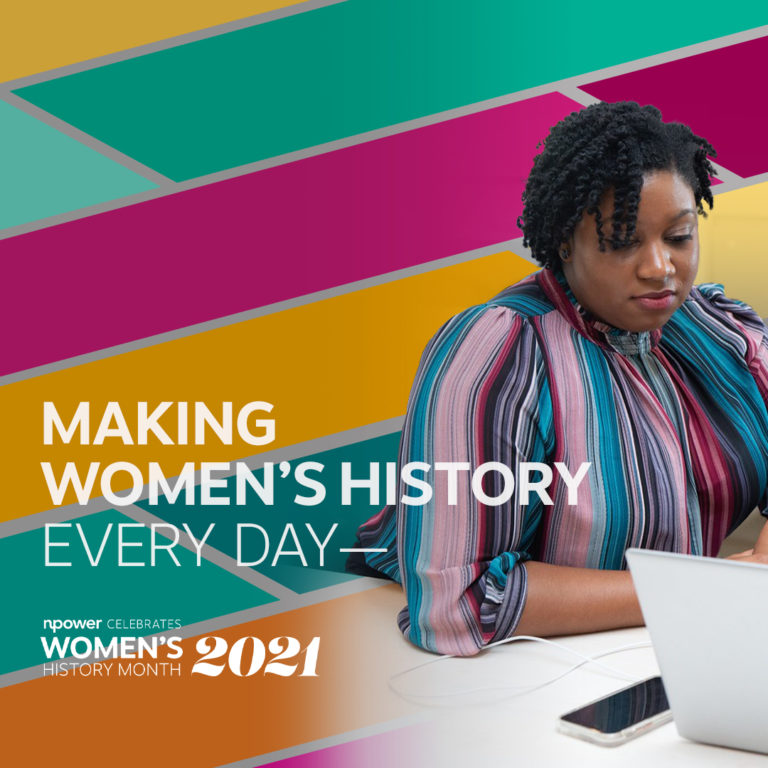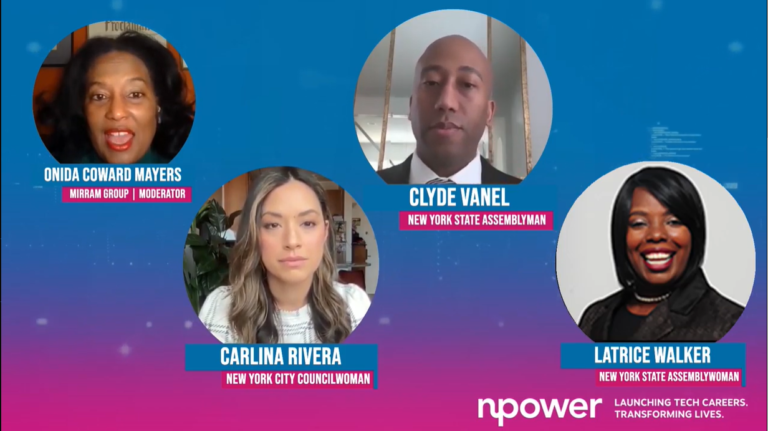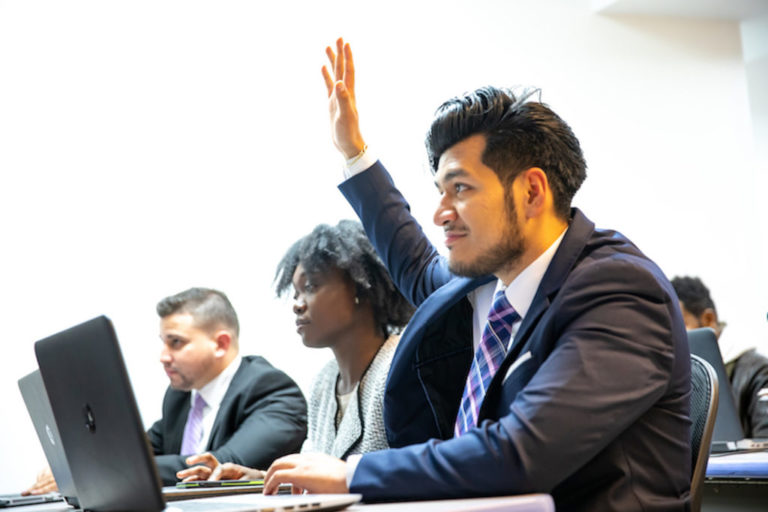Robert Vaughn is the Executive Director of NPower’s National Instructor Institute (NI2). Founded in 2017, through funding from Fund II Foundation, the Institute is a center of innovation that leads the organization’s curriculum development and instructional talent cultivation. Robert joined NPower four years ago and has stewarded an already proven training program to new heights. In a short time, Robert refreshed the Tech Fundamentals curriculum to give students the opportunity to gain stackable IT certifications, bringing the national certification rate to an astounding 90%.
But when the COVID-19 crisis hit the U.S. in March, Robert and his team of instructors had only one week to react and transition the entire in-person program to a virtual environment. He and his team digitized learning materials, assessed student technology needs, and mentored junior instructors on ways to shift their style to keep students engaged. In a recent interview, Robert shared his reflections on the transition to virtual learning and his tips for other training providers or educational institutions that want to get it right!
Five Tips for Transitioning to Virtual Learning
For over 10 years NPower has run a traditional in-person training model—teaching in a one-to- many learning environment. Most of our students are new to tech and new to the industry, so we’ve done a lot of lectures: walking them through content, hand holding them with labs…But the whole environment changed with COVID-19 and we were forced—with one week of preparation—to move to a virtual environment. Here are five lessons we learned that will shape how we re-imagine our program in the future: teaching style, student learning style, addressing the digital divide, staying creative, and having grace.
1. Teaching Style
The first thing we wanted to do was make the learning environment as familiar to students as we could. We learned quickly that we had to make learning more flexible and more personal. We had to differentiate our teaching styles to accommodate the different learning styles of our students. So we did away with relying heavily on lectures. It is very difficult for students to stare at a computer screen and listen to you. So, we broke up the instruction into smaller nuggets of information to get right to the point. Now our lessons are 15 minutes or less and then we stop and initiate tests where students are assessed on recall or repeat what they just learned. We aim for a mix between cognitive and hands-on learning, which we have found more effective.
2. Learning Style
We focus on differentiated learning and preparing our students for the complexities of working in the corporate environment. This requires the ability to be nimble, digest information quickly and be imaginative with presenting information. In the virtual classroom, instructors don’t often have instant gratification from students—nodding their heads in class—so we had to teach our instructors to proactively call on students to ensure they participated and were engaged in dynamic learning endeavors. Before COVID-19 our teaching called on our students to memorize information, now we have shifted our model with more balance between lecture, project-based scenarios, case studies, effective learning (articulating what they’ve learned) and hands-on labs.
3. Bridging the Digital Divide
Over a third of NPower students either lacked equipment, internet access or both, which limited their level of participation in learning. Some students are home with their children, living in a shelter, or need to take time away to secure food for their families. So we had to address all those things. We created a contract to loan students the laptops and wifi cards they would need to stay connected. We took the leap of faith that many students could do more self-study on their own time or until the technology was in place. And the students adapted amazingly. We found that students who were typically quiet in face-to-face class, were actually more vocal online. And our extroverted students still found ways to socialize like they did before.
4. Creativity
Going virtual forced us to be more creative, to create a sense of community like we had in the classroom. Some days everybody wears shades to class or the same color, cool t-shirt contests—trying what we could to keep them engaged. We created games for testing and jeopardy-style games and broke students into teams to compete. We come together for the first hours, break into small groups, then we come back together again. We have seen more collaboration and engagement over time. We’ve worked with platforms like AWS and Microsoft to create virtual servers, workstations and printers to add to students skills.
5. Having Grace
Going virtual, during a pandemic, has taught us the importance of grace and flexibility. Students and instructors have needs and priorities that may limit their participation in a class or activity, or even interfere with an entire day of instruction. In a virtual environment, students actually have more flexibility to watch a recorded lesson and self-study without falling behind. And in the end, our students will have had this remote learning experience that will likely translate to their job in the real world.




